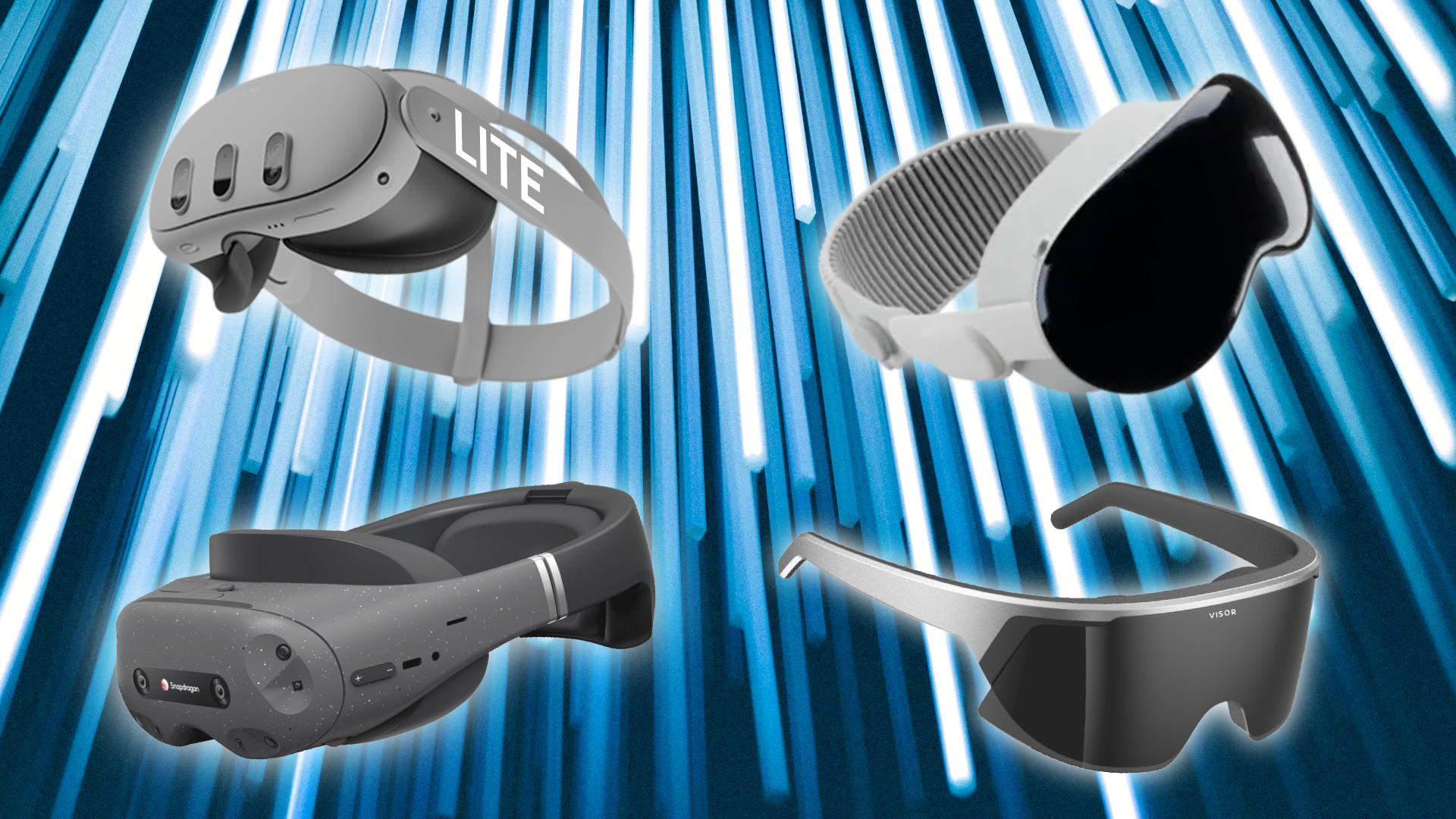
What’s Next for VR Hardware?
The world of Virtual Reality is rapidly evolving, and with each passing year, VR hardware becomes more powerful, lightweight, and immersive. But what exactly does the future hold for the next generation of headsets and accessories? In this article, we’ll dive into the cutting-edge advancements being developed in the world of VR hardware, from eye-tracking innovations to full-body haptics, and explore how these changes will redefine the way we play, interact, and experience virtual environments.
One of the most anticipated evolutions is in display technology. Future VR headsets are expected to feature ultra-high-resolution micro-OLED or pancake lens displays, allowing for razor-sharp visuals that mimic real-world clarity. Combined with higher refresh rates and wider field-of-view optics, users can expect incredibly immersive visuals without screen door effects or motion blur. This leap in screen fidelity will open the door for more cinematic VR experiences and complex visual storytelling in gaming.
Another area of innovation is eye-tracking. This technology allows headsets to detect where you're looking in real-time, enabling foveated rendering—where only the area you're directly focusing on is rendered in full detail. This reduces the load on the graphics processor, improving performance and battery life. Eye-tracking also enhances user interface interactions and allows characters in-game to respond naturally to your gaze, adding depth to VR storytelling and social applications.
Comfort and ergonomics are also high on the priority list. Manufacturers are developing lighter and more balanced headsets that reduce strain during long play sessions. Adjustable form factors, modular attachments, and even prescription lens compatibility are becoming more common. Wireless freedom is now the norm, with devices like the Meta Quest line leading the charge—yet newer models are pushing toward complete untethered ecosystems with on-board processors that rival gaming PCs.
Haptic feedback technology is entering a new era as well. Upcoming VR gloves and full-body suits offer realistic touch sensations and resistance, making virtual objects feel tangible. From pulling a bowstring to feeling rainfall in a fantasy world, these sensory layers dramatically increase presence. Some experimental systems are already incorporating temperature shifts and micro-vibrations to replicate real-world stimuli more authentically.
Tracking and motion capture systems are also advancing quickly. Instead of relying solely on external base stations or camera tracking, newer headsets include inside-out tracking using multiple onboard sensors. Combined with AI-powered motion prediction, users can move naturally without external equipment. Meanwhile, accessories like facial tracking modules and treadmills offer new ways to bring physical expressions and movement into the VR space.
Battery life and processing efficiency are critical challenges being tackled. Newer chipsets are designed specifically for XR applications, providing better thermal performance and longer usage times without bulky power packs. Edge computing and cloud rendering are also on the horizon, where heavy computations are done offsite and streamed directly to your headset, enabling mobile devices to access graphically intense games with minimal lag.
As we move forward, the integration of AI into VR hardware will likely personalize experiences further. Smart headsets may learn from user behavior, adjusting comfort settings, optimizing visual clarity, or dynamically scaling game difficulty based on real-time biometric feedback. These AI enhancements will make VR more accessible and tailored to individual preferences, pushing the boundary of what immersive gaming can offer.
At our game store, we’re excited to see how these hardware innovations will shape the future of VR gaming. We’re committed to bringing you the latest in compatible titles, device reviews, and community-driven recommendations as these technologies roll out. The next generation of VR hardware isn’t just coming—it’s already taking shape, and it’s going to change everything.
Leave a Comment
Your email address will not be published. Required fields are marked *
Thank you for comment out to us!